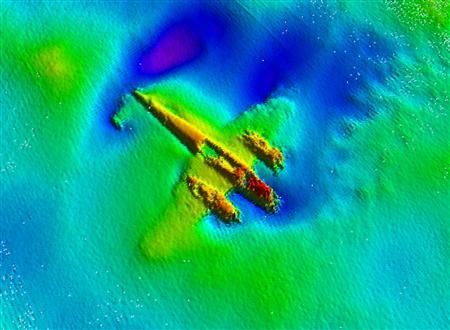Strategy Page has a state-of-play report on the escalating cost of the F-35:
The U.S. Department of Defense and the U.S. Air Force are trying to agree on what the new F-35 fighter will cost. The air force insists that it is $65 million each, while the Department of Defense says when all costs are included; it will be more like $111 million each. Another number being debated is how many F-35s will actually be produced. The air force assumes 3,162, but the Department of Defense is not so sure that many will eventually be built. Total development cost is now put at $65 billion, which comes to over $20 million per aircraft if 3,162 are built. Development costs for the new U.S. F-35 fighter-bomber has grown by more than a third over the last few years. The additional development costs are accompanied by additional delays. Current estimates are that the F-35 will enter service in another 6-7 years. The Department of Defense believes production and development costs will continue to rise, and that the number to be built will decline. Both trends increase the average aircraft cost. Based on past experience, the higher Department of Defense estimates are more likely to be accurate.
And then there are operating costs. Earlier this year, after months of contentious disagreement, the U.S. Air Force came around to agreeing with U.S. Navy claims that the F-35 will cost much more to maintain, rather than (as the F-35 promoters assert) less. It was over a year ago that the U.S. Navy, after nervously watching as the manufacturing costs of the new F-35C and F-35B carrier aircraft increase, concluded that these aircraft would also be a lot more expensive to maintain. It comes down to this. Currently, it costs the navy, on average, $19,000 an hour to operate its AV-8 vertical takeoff or F-18C fighter aircraft. The navy calculated that it would cost 63 percent more to operate the F-35C (which will replace the F-18C) and the F-35B (which will replace the AV-8). These costs include buying the aircraft, training and maintaining the pilots, the aircraft and purchasing expendable items (fuel, spare parts, munitions.) The navy concluded that maintenance alone would be about a third more.
In a vicious circle, the higher the cost per plane, the fewer planes will be built, which increases the cost of the planes that do get built. At some point, the costs will get so high that foreign buyers (who are expected to buy more than half of the planned production) will reduce their orders or even back out altogether. The F-35 was supposed to be cheaper to operate than the aircraft it will be replacing, but that appears to be a badly mistaken estimate. That will also tend to ratchet down the foreign interest in purchasing the aircraft.




